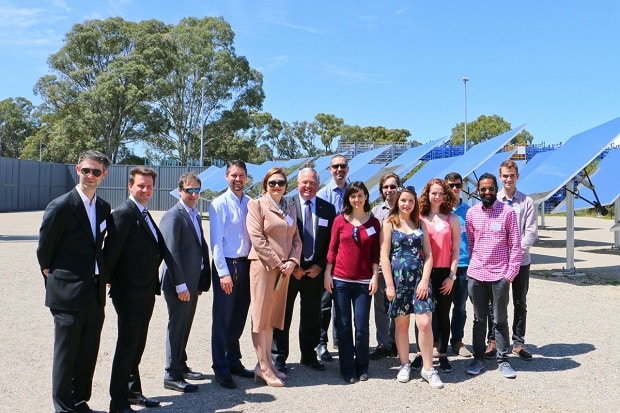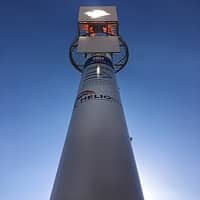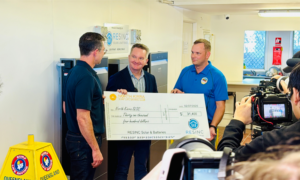The University of South Australia has partnered with Precision Components to launch a new Concentrated Solar Power research facility.
The facility, located at Precision Components’ vehicle factory at Edinburgh Parks, houses 25 heliostats and a 16-metre-tall concentrated solar PV receiver.
Unlike conventional home solar power, heliostats focus sunlight onto a central receiving tower. Some systems use the heat to drive a turbine and produce electricity, others use photovoltaic (PV) technology.
In this case, the tower incorporates high-efficiency PV receivers capable of generating 30MW of concentrated solar power.
Concentrated solar power systems are adaptable, storing energy overnight in molten salt, providing backup power to the grid.
UniSA researchers will test both technologies at the new site, and develop next-generation heliostats based on innovations in thin-film coatings.
Improving heliostat design is the job of Precision Components, a supplier of premium parts to South Australia’s car making industry.
Collaboration vital for development of concentrated solar

The work is seen as essential to the development of South Australia’s commercial solar power sector.
The research will centre on replacing the traditional glass used in heliostats with a lightweight plastic. Glass heliostats are heavy, difficult to install and require expensive, imported materials.
Precision Components’ heliostat testbed uses an innovation in thin film coating design, according to UniSA’s Professor Peter Murphy.
The process evolved from same research that delivered the world’s first fully plastic automotive mirror. The aim is to deliver high-reflectivity coatings that stay cleaner for longer at low cost.
“Heliostats need to withstand heat, cold, rain, UV light exposure and abrasion by sand, often in harsh, arid environments,” Professor Murphy said.
To be truly effective, heliostats need to have a lifespan of over 25 years, he added.
A critical time for future power industry in SA
With the rise of solar in the state, and the shuttering of South Australia’s carmaking industry, the test site will become a proving ground for innovation.
South Australian Premier Jay Weatherill said the construction of multiple solar power plants in the state was proof of the huge growth potential in its renewables sector.
“Working in partnership with Precision Components, a company previously servicing the automotive industry … demonstrates a successful diversification from a manufacturing skill base into other industry sectors,” he said.












































